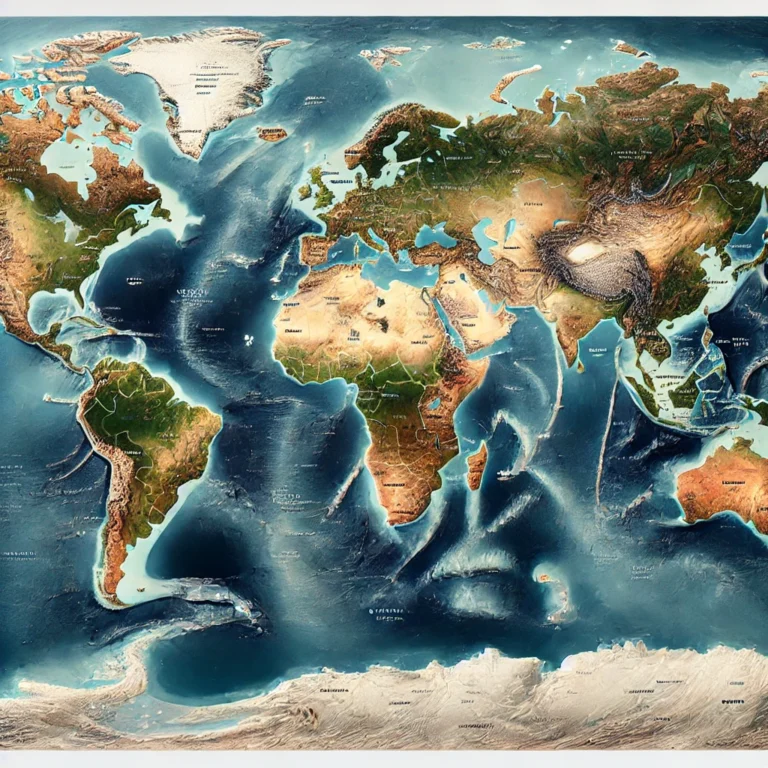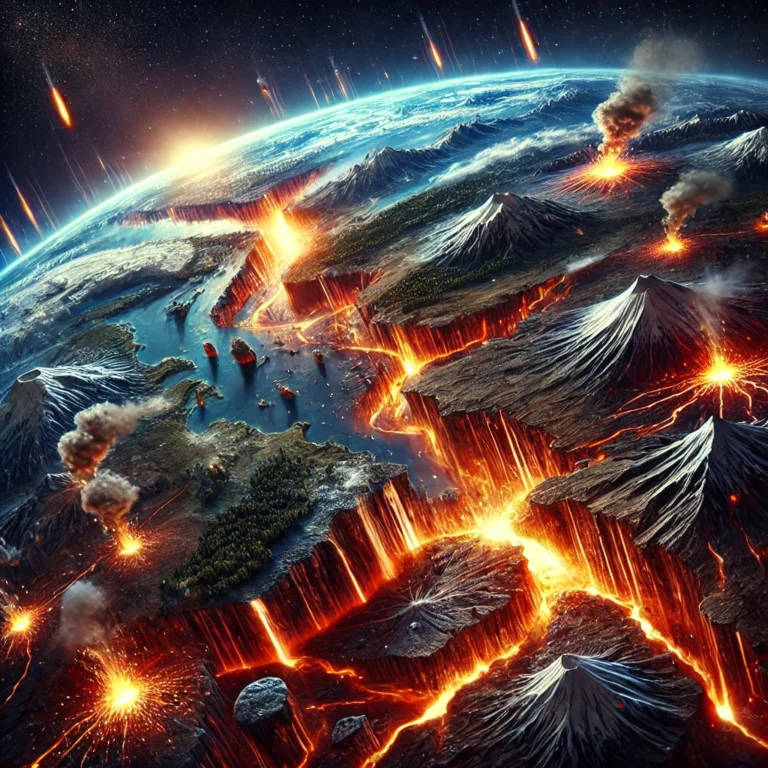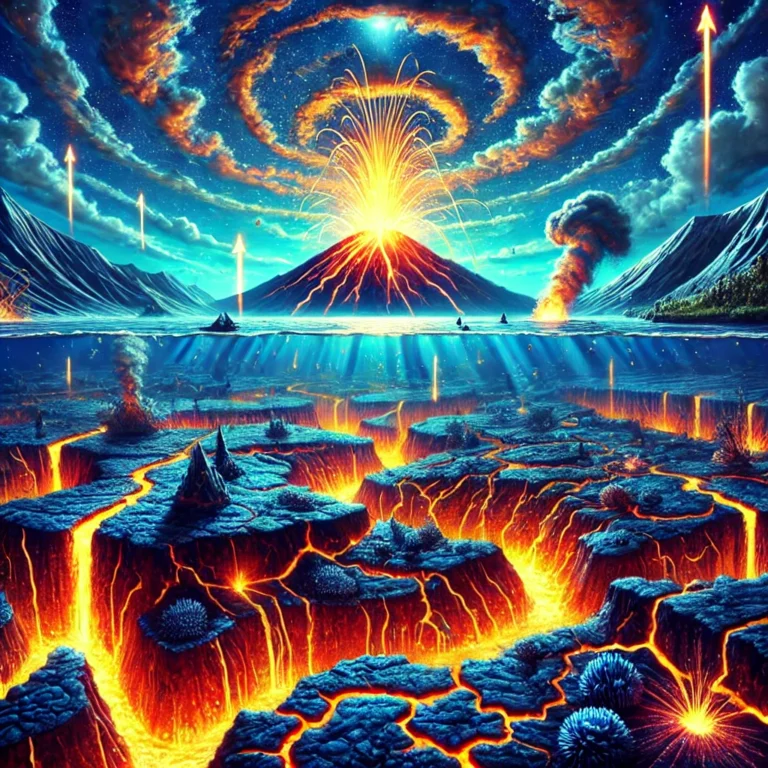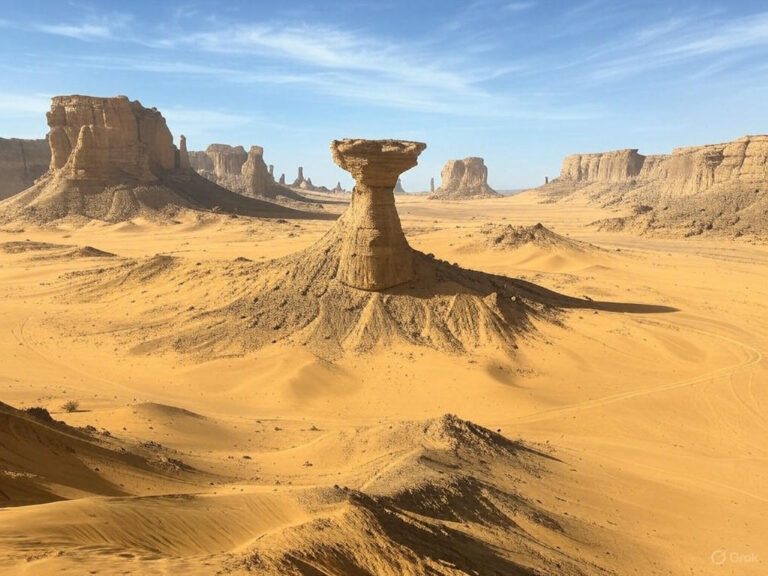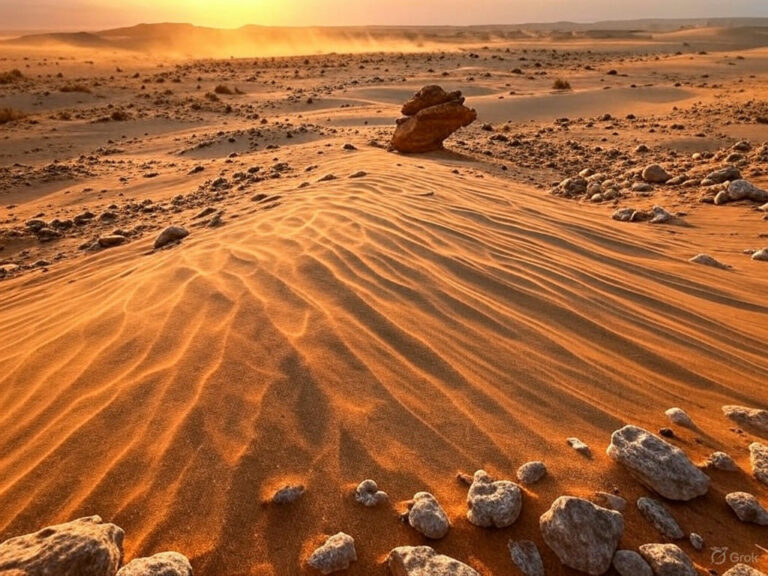Important Facts about South America
📐 Area and Extent
Area:
- South America covers 17.84 million km², making it the 4th largest continent in the world.
- Just to compare—Asia is the largest, followed by Africa and North America. Then comes South America.
Longitudinal Extent (East-West):
- It stretches from 81°W to 34°W.
- That’s roughly 5300 km, running from Point Pariñas in Peru (westernmost point) to Cape Branco in Brazil (easternmost point).
- Remember: longitude affects time zones. So, this spread gives South America varied time zones.
Latitudinal Extent (North-South):
- It extends from 12°N to 55°S—almost 7560 km.
- From Point Gallinas in Colombia in the north to the southern tip Cape Horn in Chile.
- Latitude influences climate—so this spread explains the continent’s climatic diversity: tropical rainforests in the north, temperate regions in the south.
🗺️ Political Geography
Sovereign Countries (12 Total):
- These are independent nations.
- Ranked by area:
- Brazil is the giant—8.5 million km², and the 5th largest country in the world.
- Then come Argentina, Peru, Colombia, and others down to Suriname.
- Ranked by population:
- Again, Brazil tops.
- Followed by Colombia, Argentina, Peru, and Venezuela.
Dependent Territories:
- These are regions controlled by other countries, not independent.
- French Guiana – controlled by France.
- Falkland Islands, South Georgia, and the South Sandwich Islands – controlled by the UK.
🏙️ Major Cities
Where do people live? Near coasts—why? Because historically, coastal regions developed first due to trade, transport, and access to resources.
- In terms of population:
- São Paulo (Brazil) is the largest.
- Then Lima (Peru), Bogotá (Colombia), Rio de Janeiro (Brazil), Santiago (Chile), and so on.
- Notice: Brazil has multiple megacities—São Paulo, Rio, Salvador, Brasília, Fortaleza.
🏝️ Major Islands and Island Groups
These are scattered around the continent:
- Galapagos Islands (Ecuador) – known for Darwin’s evolutionary studies.
- Tierra del Fuego Archipelago – shared by Chile and Argentina, near the southern tip.
- Falkland Islands, South Georgia, and South Sandwich Islands – under UK’s control, historically disputed.
🌊 Major Natural Features
Largest Lake:
- Lake Titicaca – located between Peru and Bolivia, it’s one of the highest navigable lakes in the world.
Highest Mountains:
- Mount Aconcagua (6960 m) – tallest mountain in South America, located in Argentina.
- Mount Ojos del Salado (6893 m) – the world’s highest active volcano, on the Chile–Argentina border.
Longest River:
- The Amazon River, about 6575 km, flows through Brazil, Peru, and Colombia.
- It carries more water than any other river on Earth and sustains the Amazon rainforest—the “lungs of the planet.”
🧭 Additional Interesting Facts
- Andes Mountains – the longest continental mountain range in the world, running along the west coast.
- Brazil is the largest producer of coffee globally—think of it every time you sip your morning brew 😊
- Landlocked countries:
- Paraguay and Bolivia – they have no direct access to the sea.
- Pantanal (in Brazil) – the world’s largest tropical wetland, a haven for wildlife and biodiversity.
- A fascinating point: Argentina, Brazil, and Paraguay meet at a place called the Triple Frontier—formed by the convergence of the Iguazu and Paraná rivers.


